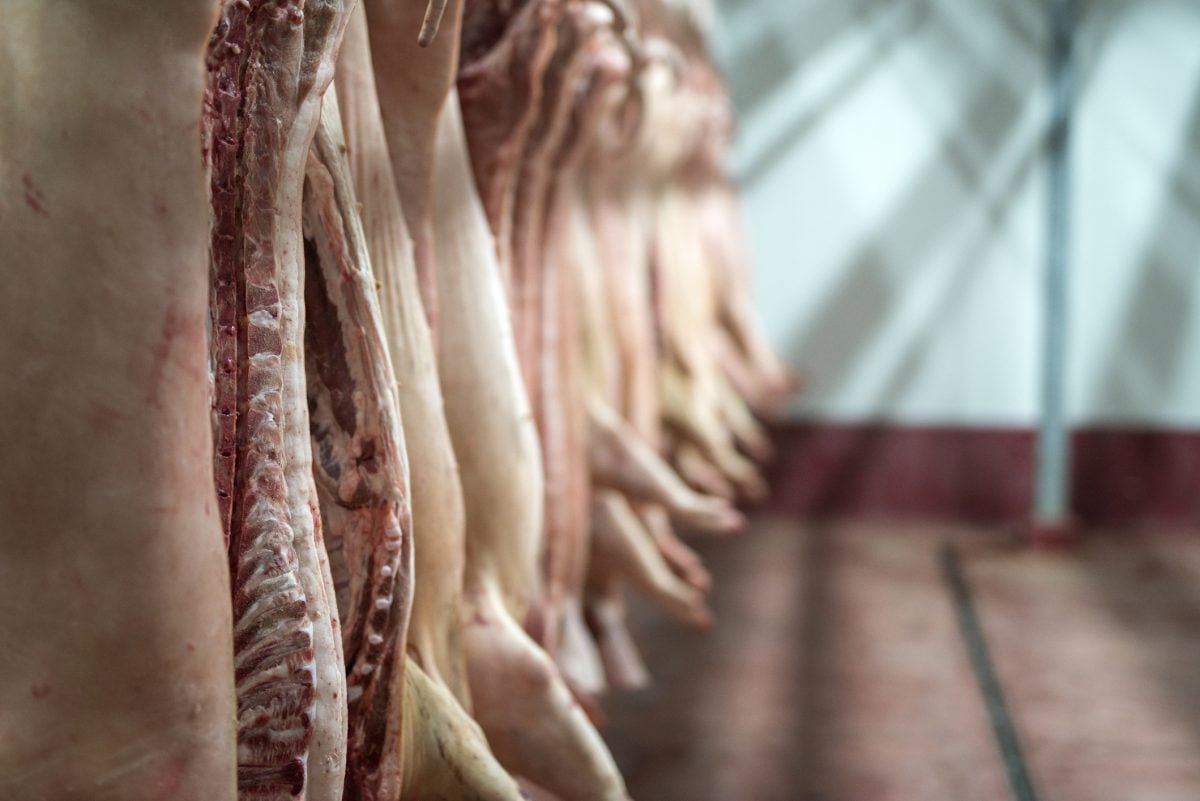Chicago | Reuters — U.S. corn futures fell to a two-month low on Monday as favourable U.S. crop weather and worries about trade disputes triggered fund-driven long liquidation, analysts said.
Soybeans and wheat followed the weak trend that spread across commodity markets.
Chicago Board of Trade July corn settled down 10-3/4 cents at $3.80-3/4 per bushel, below the 200-day moving average, after touching $3.80-1/2, the contract’s lowest since April 4 (all figures US$)(.
CBOT July soybeans ended down 19-1/2 cents at $10.01-3/4 a bushel and wheat fell 18 cents at $5.05-1/4 a bushel.
Read Also

U.S. livestock: Cattle slip back, hogs gain
Chicago cattle futures slipped back on Friday after Thursday’s pause. Hog futures crept upward. Most-active December live cattle futures closed…
Recently planted U.S. corn and soybean crops are growing well in much of the Midwest. After the CBOT close, the U.S. Department of Agriculture rated 75 per cent of the U.S. soybean crop in good to excellent condition, above an average of analyst expectations for 74 per cent.
USDA rated 78 per cent of the corn as good to excellent, down from 79 per cent a week earlier but still among the highest U.S. corn ratings for this time of year in records dating to the 1980s.
“The crop is nearly planted. The ratings are high. The weather pattern is rather progressive, with regular showers coming along,” said Rich Feltes, vice-president for research with R.J. O’Brien.
As supply prospects improved, worries about U.S. trade relations with China, the world’s top soy importer, hung over the market.
The two countries ended their latest round of negotiations on Sunday with U.S. Commerce Secretary Wilbur Ross and his delegation leaving Beijing without making a public statement. China also made no mention of any new agreements.
“Against a backdrop of good crop conditions, this trade uncertainty is piling on to all the other negative news,” Feltes said.
Commodity funds hold net long positions in CBOT corn and soybean futures, leaving both markets vulnerable to bouts of long liquidation.
Wheat also gave up ground, with the CBOT July contract falling three per cent to its lowest in nearly two weeks as harvest progress in the southern U.S. Plains shifted attention away from dry weather risks in Australia and the Black Sea region.
USDA said the U.S. winter wheat harvest was five per cent complete as of Sunday, lagging the average analyst expectation of eight per cent.
“We estimate that 20 per cent of Oklahoma has been cut, but the next week should see significant progress because yields are generally low and abandonment high in the state,” INTL FCStone chief commodities economist Arlan Suderman wrote in a client note.
— Julie Ingwersen is a Reuters commodities correspondent in Chicago.














